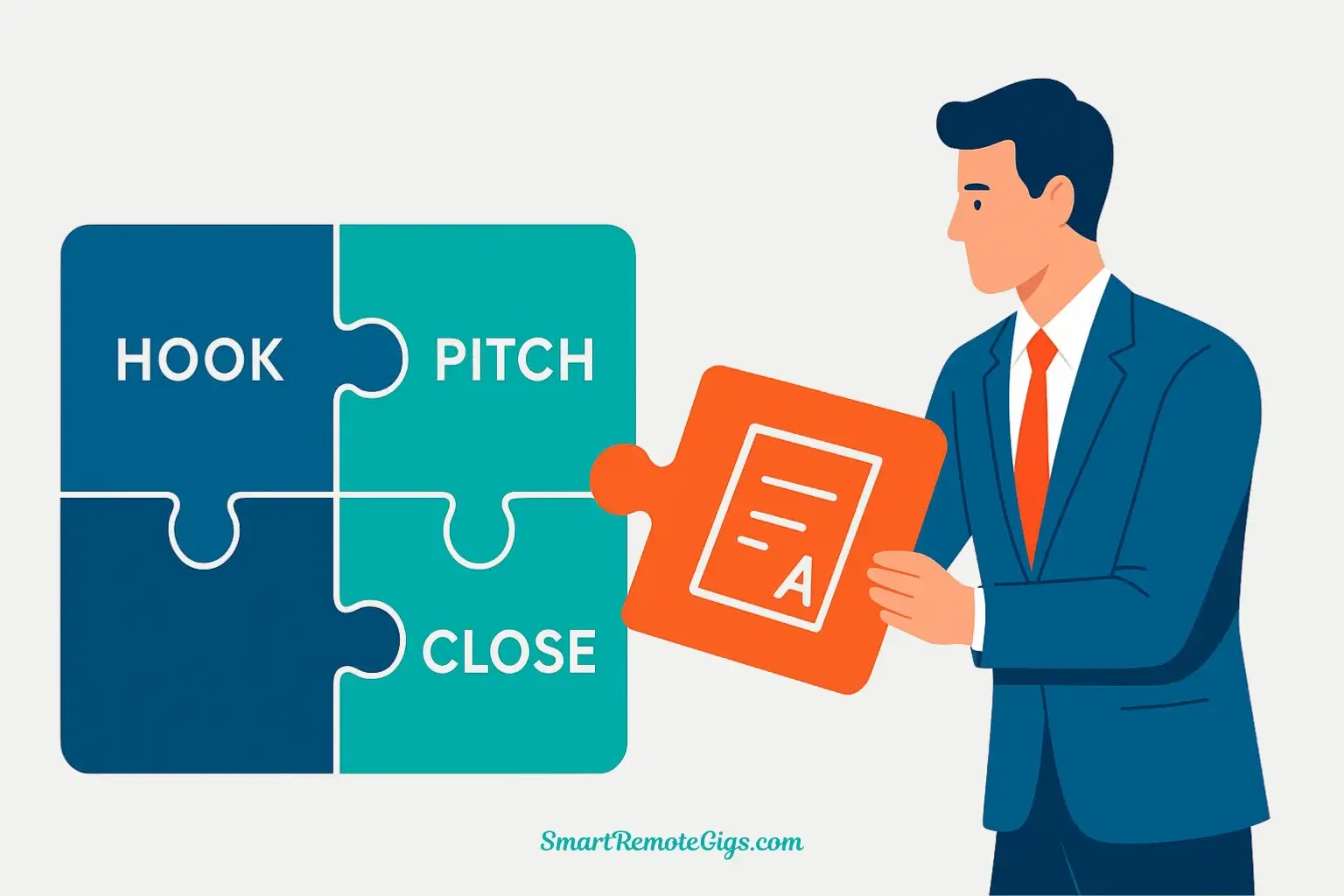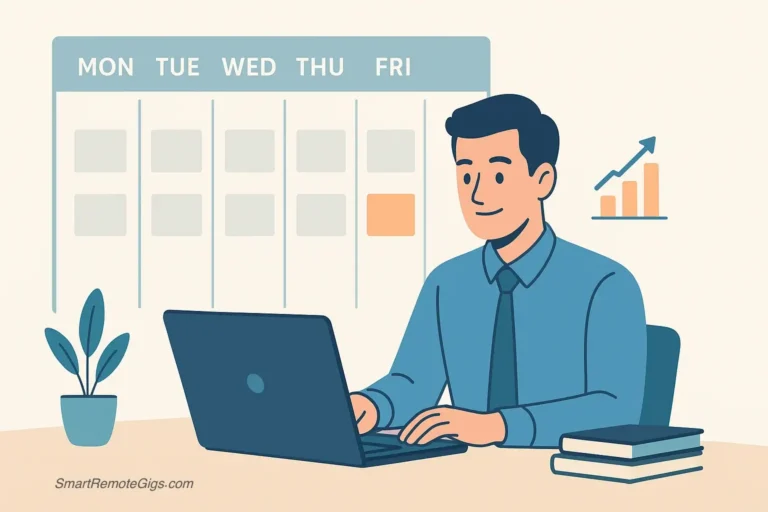“Do cover letters even matter anymore?” This question haunts job seekers scrolling through application portals at midnight. Here’s the uncomfortable truth: for remote project management positions, a strong project manager cover letter absolutely matters—often more than for in-office roles.
Remote hiring managers can’t rely on casual hallway conversations or coffee chats to gauge your communication style and cultural fit. Your cover letter serves as their first impression of how you write, think, and connect with stakeholders—skills that comprise 80% of a remote PM’s daily work. A generic, templated letter signals you mass-applied without genuine interest. A thoughtful, well-crafted letter proves you can communicate effectively in writing, a non-negotiable skill for remote work success.
The good news? You don’t need to be a talented writer or spend hours agonizing over every sentence. A compelling cover letter follows a simple, repeatable formula that takes 15 minutes to execute once you understand the structure. This guide breaks down the exact three-paragraph framework that consistently earns interviews, complete with real examples you can adapt.
The 15-Minute Cover Letter Formula
Paragraph 1: The Hook (3-4 sentences)
→ Prove you researched this specific company and explain why you’re genuinely interested.
Paragraph 2: The Pitch (5-7 sentences)
→ Connect your quantified achievements to their specific pain points from the job description.
Paragraph 3: The Close (3-4 sentences)
→ Confidently request an interview and provide clear contact information.
Total Length: 250-350 words | Time Investment: 15 minutes once you understand the structure
The Only 3 Paragraphs You Need
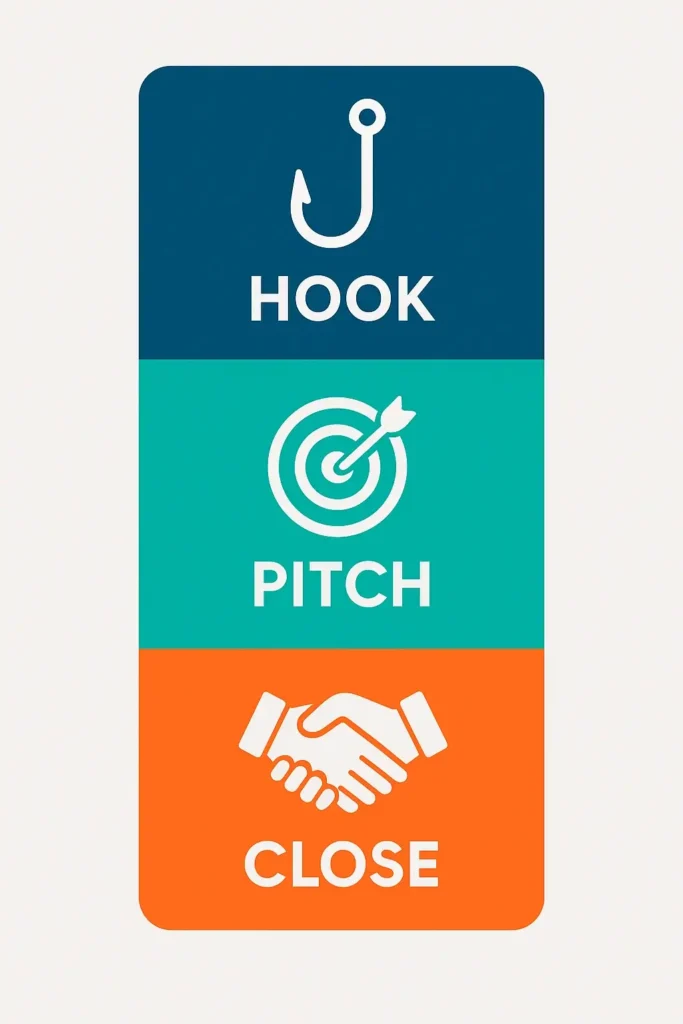
Forget everything you’ve heard about page-long cover letters packed with flowery language and unnecessary formality. Modern remote project manager cover letter samples that work follow a tight, three-paragraph structure: Hook, Pitch, Close. Each paragraph has a specific job and follows a proven pattern.
Paragraph 1: The Hook – Show You’ve Done Your Research
Your opening paragraph must accomplish two goals in 3-4 sentences: establish immediate relevance and demonstrate genuine interest in this specific company. Generic openings like “I am writing to apply for the Project Manager position” waste precious attention and signal you’re mass-applying.
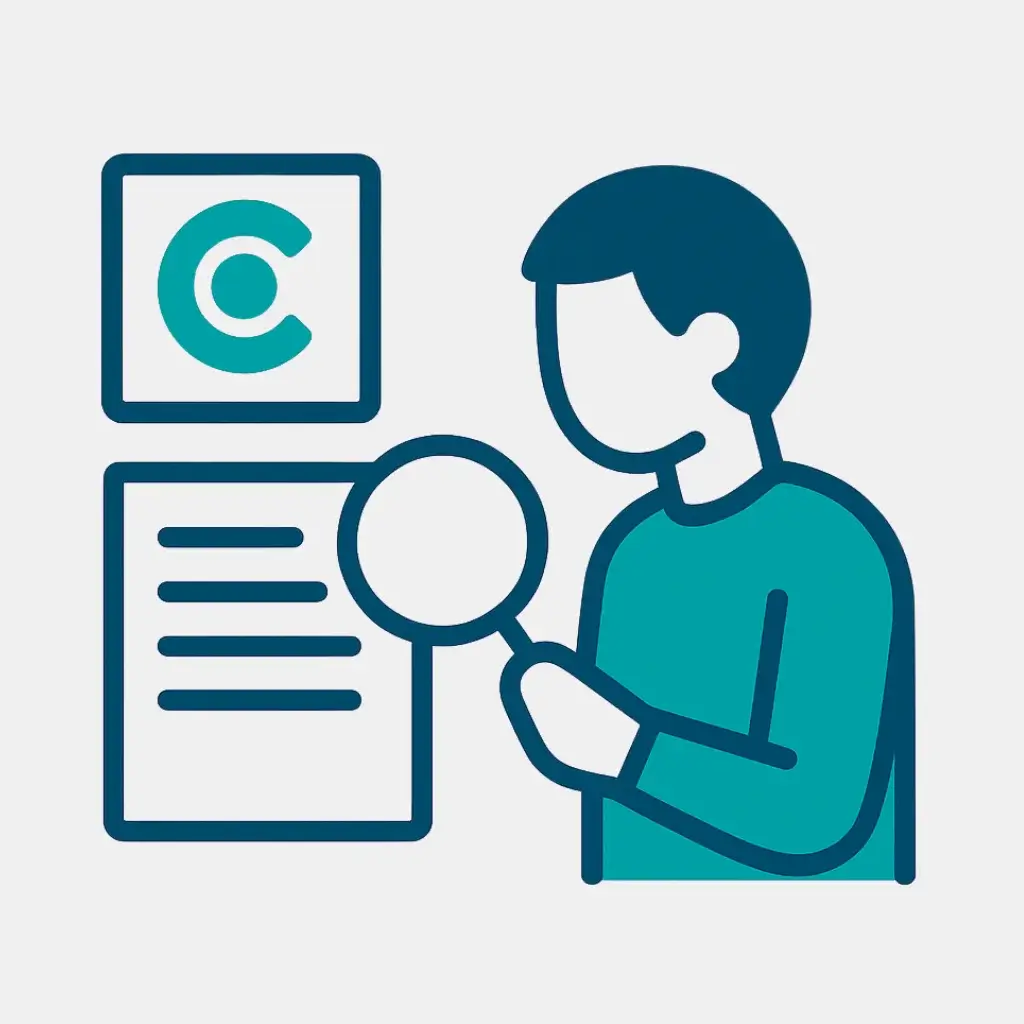
The formula:
- Reference something specific about the company (recent news, product launch, mission statement, or growth trajectory)
- State the position you’re applying for
- Connect your background to their specific needs
Strong example:
“I was impressed to read about TechFlow’s recent expansion into European markets and your commitment to building distributed teams that prioritize asynchronous collaboration. As a CAPM-certified project manager with three years coordinating cross-functional initiatives across multiple time zones, I’m excited to apply for your Remote Project Manager position and help scale your operations while maintaining the team-first culture your Glassdoor reviews consistently highlight.”
Why it works: This opener demonstrates research (European expansion, asynchronous collaboration, Glassdoor reviews), shows relevant qualifications (CAPM, time zone experience), and makes it clear this isn’t a form letter. The hiring manager immediately knows you invested time understanding their company.
Weak example:
“I am writing to express my interest in the Project Manager position at your company. I have strong organizational skills and believe I would be a great fit for your team.”
Why it fails: Could apply to literally any company. Shows zero research, no specific qualifications, and provides no reason to keep reading.
For those writing a cover letter for project manager no experience, you can modify the formula slightly:
“TechFlow’s mission to democratize project management tools for small businesses resonates deeply with my background in customer success, where I spent two years helping 50+ small business clients implement and optimize operational workflows. As a recently CAPM-certified professional eager to transition into formal project management, I’m drawn to your Remote Associate PM role and the opportunity to apply my client-facing experience to internal project coordination.”
This acknowledges the career transition while framing previous experience as an asset rather than apologizing for what you lack.
Paragraph 2: The Pitch – Connect Your Skills to Their Pain Points
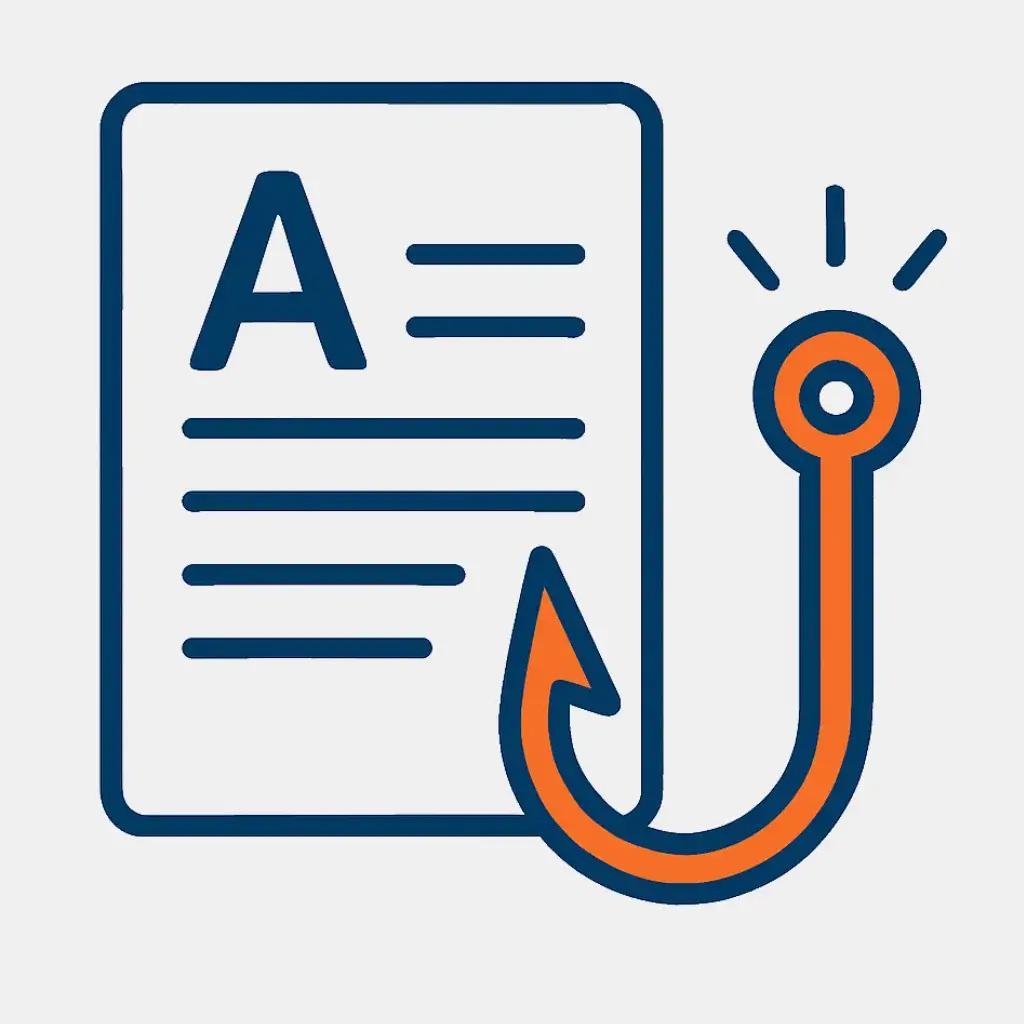
This middle paragraph is where you earn the interview. Don’t just list your skills—connect them directly to the company’s needs, challenges, or goals. This requires reading the job description carefully and identifying 2-3 key requirements or pain points you can address.
The formula:
- Identify their primary need (from the job description)
- Share a specific, relevant achievement that proves you can solve that need
- Quantify your impact with metrics
- Repeat for 1-2 additional needs if space allows
Strong example:
“Your job posting emphasizes the need for someone who can manage competing stakeholder priorities while keeping distributed teams aligned—challenges I’ve successfully navigated in my current role at DataCorp. Last quarter, I coordinated a product launch involving stakeholders across engineering, marketing, and customer success, facilitating asynchronous decision-making that kept the project on schedule despite team members spanning six time zones. By implementing structured communication protocols and weekly async updates via Confluence, we delivered two weeks ahead of deadline and 12% under budget. Additionally, I’ve consistently maintained 95%+ stakeholder satisfaction scores by proactively surfacing risks and presenting mitigation options before issues became crises.”
Why it works: This paragraph doesn’t just say “I’m good at stakeholder management”—it proves it with a specific scenario, explains the approach, and quantifies the results. The mention of asynchronous work and tools (Confluence) addresses remote-specific requirements without being asked.
For career changers or those writing how to write a PM cover letter with limited experience:
“While I haven’t held a formal project manager title, my three years in customer success required the same core competencies your posting emphasizes. When our implementation team fell behind on onboarding 15 enterprise clients, I volunteered to create a standardized project timeline and accountability system using Asana. By breaking the process into clear phases, assigning ownership, and running weekly check-ins, we reduced average onboarding time from 45 to 32 days and increased customer satisfaction scores by 18%. This experience taught me that successful project management is less about title and more about systematic planning, clear communication, and relentless follow-through—skills I’m eager to apply in a dedicated PM role.”
This reframes non-PM experience using PM language and demonstrates transferable skills with concrete results.
Paragraph 3: The Close – The Confident Call to Action

Your closing paragraph should be brief, confident, and action-oriented. Thank them for their consideration, express enthusiasm, and clearly state your desired next step.
The formula:
- Reiterate genuine interest in the specific role/company
- Mention your attached resume
- Confidently request an interview/conversation
- Provide your contact information and thank them
Strong example:
“I’m genuinely excited about the opportunity to contribute to TechFlow’s growth and help build processes that enable your distributed teams to deliver exceptional results. My resume provides additional detail on my project management experience and technical skills. I’d welcome the opportunity to discuss how my background in coordinating remote teams and driving projects to successful completion aligns with your needs. I’m available at [phone] or [email] and look forward to speaking with you.”
Why it works: Confident without being presumptuous. Shows enthusiasm, references the resume, and makes the next step clear. Provides contact information for easy follow-up.
Weak example:
“Thank you for considering my application. I hope to hear from you soon.”
Why it fails: Passive and forgettable. Doesn’t reiterate interest, doesn’t request action, and sounds like you’re hoping they’ll remember you exist.
See it in Action: A Full Cover Letter Example
[Your Name]
[Your Email] | [Your Phone] | [LinkedIn URL]
[Date]
[Hiring Manager Name - if you can find it]
[Company Name]
[Company Address - optional for remote roles]
Dear [Hiring Manager Name] or "Dear Hiring Team,"
I was impressed to read about CloudScale's recent $20M Series B funding and your plans to expand your project management platform to serve enterprise clients. As a PMP-certified project manager with five years of experience implementing software solutions for Fortune 500 companies, I'm excited to apply for your Senior Remote Project Manager position and help guide your enterprise expansion while maintaining the scrappy, customer-focused culture that earned you a 4.8-star rating on G2.
Your job posting emphasizes the need for someone who can manage complex, multi-stakeholder implementations while coaching junior PMs—challenges I've successfully navigated in my current role at TechSolutions. Last year, I led a 9-month enterprise CRM implementation involving 12 stakeholders across IT, sales, and operations for a 2,000-person organization. By establishing clear governance structures, running bi-weekly stakeholder alignments, and creating comprehensive documentation for asynchronous review, we delivered on time despite three scope changes and budget constraints. The client renewed for three additional projects based on our execution. Additionally, I've mentored two junior PMs who both earned promotions within 18 months by focusing on the fundamentals: systematic planning, proactive communication, and delivering on commitments.
I'm genuinely excited about the opportunity to join CloudScale during this pivotal growth phase and help establish the processes that will enable your team to scale sustainably. My resume provides additional detail on my technical skills and project portfolio. I'd welcome the opportunity to discuss how my experience managing complex implementations and developing PM talent aligns with your expansion goals. I'm available at (555) 123-4567 or [email protected] and look forward to speaking with you.
Sincerely,
[Your Name]This example demonstrates all three formula components working together: research-driven hook, achievement-focused pitch with metrics, and confident close with clear next steps.
Anatomy of a Winning Cover Letter
Let’s break down what makes this example effective:
✓ Research-Driven Hook
The mention of “Series B funding” and “4.8-star G2 rating” proves this isn’t a template. These specific details take 2 minutes to find but signal genuine interest.
✓ Quantified Impact
Notice the numbers: “9-month implementation,” “12 stakeholders,” “2,000-person organization,” “three scope changes.” Metrics transform vague claims into credible evidence.
✓ Remote-Ready Language
Phrases like “asynchronous review,” “distributed teams,” and “documentation for asynchronous review” directly address remote work requirements without needing a separate “I can work remotely” paragraph.
✓ Strategic Skill Alignment
The middle paragraph doesn’t list random achievements—it specifically addresses “managing complex, multi-stakeholder implementations” and “coaching junior PMs,” which were explicit requirements in the fictional job posting.
✓ Confident, Professional Tone
The closing avoids passive language (“I hope to hear from you”) in favor of action-oriented phrasing (“I’d welcome the opportunity to discuss…”).
The #1 Mistake to Avoid in a Remote PM Cover Letter
The biggest mistake candidates make? Failing to explicitly address their remote work capability. When a position specifies “remote” or “distributed team,” hiring managers are specifically evaluating whether you can succeed without in-office structure and support.
If you’ve worked remotely before, say it explicitly: “In my current remote role…” or “Having worked remotely for two years…” If you haven’t, demonstrate adjacent skills: self-motivation, asynchronous communication, comfort with digital collaboration tools, and independent problem-solving.
What to include:
- Specific remote collaboration tools you’ve used (Slack, Zoom, Asana, Jira, Confluence)
- Experience managing projects or teams across time zones
- Comfort with asynchronous communication and decision-making
- Examples of self-directed work or managing projects independently
- Any remote work experience, even if brief or part-time
What NOT to do:
- Never write “I’ve always wanted to work remotely” or “I’m excited to work from home”—this sounds like you prioritize convenience over contribution
- Don’t emphasize commute savings or personal flexibility—focus on how remote work enables better outcomes
- Avoid mentioning you’ll have “no distractions” working from home—this sounds naive to anyone who’s actually worked remotely
Better approach: Frame remote work as a strategic advantage. “Having coordinated projects across distributed teams, I’ve developed strong asynchronous communication habits and an appreciation for documentation-first workflows that keep remote teams aligned without requiring real-time availability.”
This signals you understand remote work’s challenges and have skills to address them.
A Simple Checklist Before You Hit ‘Send’
Use this final quality check before submitting your project manager cover letter:
Content & Customization:
- ☐ Company name appears at least twice (not just in the address)
- ☐ Specific company research mentioned (product, news, mission, culture)
- ☐ At least one quantified achievement with metrics
- ☐ Direct connection between your experience and their stated needs
- ☐ Remote work capability addressed (if applicable)
- ☐ Professional yet conversational tone (avoid overly formal business-speak)
Technical & Format:
- ☐ Hiring manager’s name used (if you can find it—LinkedIn is your friend)
- ☐ Company name spelled correctly throughout
- ☐ No typos or grammatical errors (read it out loud)
- ☐ Fits on one page with reasonable margins
- ☐ Contact information matches your resume exactly
- ☐ Saved as PDF with clear filename: FirstName_LastName_CoverLetter.pdf
Strategic Elements:
- ☐ Opening paragraph passes the “swap test” (couldn’t apply to another company)
- ☐ Middle paragraph provides evidence, not just claims
- ☐ Closing paragraph includes clear call to action
- ☐ Overall tone is confident and enthusiastic, not desperate or apologetic
- ☐ Reads naturally when spoken aloud (avoid robotic business language)
One final pro tip: After you’ve written your cover letter, set it aside for 20 minutes. Then read it aloud as if you’re the hiring manager. Does it sound like a real human wrote it? Does it make you want to meet this person? If yes, hit send.
Your cover letter works in tandem with your resume to tell a complete story. If you haven’t optimized your resume yet, see our comprehensive guide: A Remote PM Resume Template That Beats the ATS Bots in 2025. And for the complete roadmap to landing your remote PM position—including certification strategies, interview preparation, and company research—return to our pillar guide: Land Your First Remote PM Job in 2025: A Complete Guide.
Follow a simple, three-paragraph formula to write a compelling and customized project manager cover letter in 15 minutes. This method helps you demonstrate genuine interest, connect your skills to the employer’s needs, and confidently request an interview.
Total Time: 15 minutes
Research the Company and Role

Spend 5-10 minutes researching the company. Look for recent news, their mission statement, or cultural values mentioned on their site. Read the job description carefully to identify 2-3 key requirements or pain points you can address.
Write the Opening Paragraph (The Hook)

Write a 3-4 sentence opening paragraph. Start by referencing your specific research about the company to show genuine interest. State the position you are applying for and immediately connect your most relevant qualification to their specific needs.
Write the Middle Paragraph (The Pitch)

Write a 5-7 sentence paragraph that connects your skills to the company’s pain points. Use a specific, quantified achievement from your experience to prove you can solve their problem. Frame your accomplishments as solutions to their needs.
Write the Closing Paragraph (The Close) and Proofread
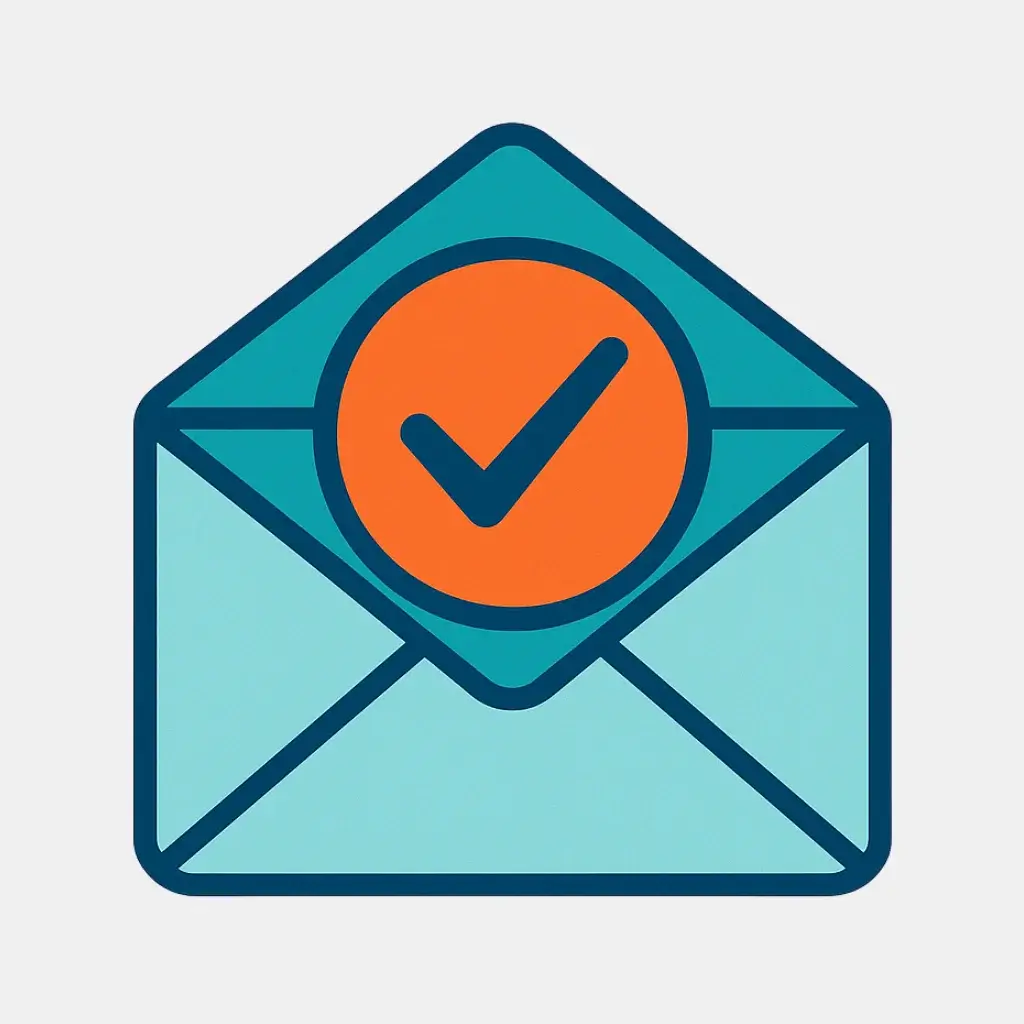
Write a brief 3-4 sentence closing. Reiterate your enthusiasm for the role, reference your attached resume, and confidently state your desire for an interview. Before sending, proofread the entire letter for typos and ensure it is saved as a PDF.
Tools:
- Word processing software (e.g., Google Docs, Microsoft Word)
- The target job description
- Access to the company's website for research
- Your finalized resume
